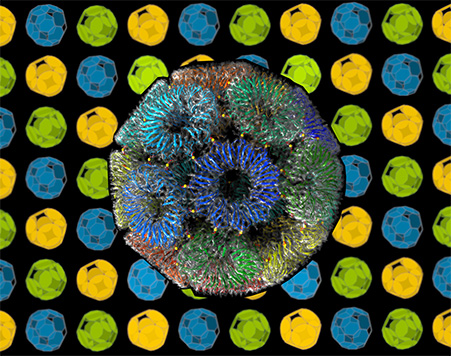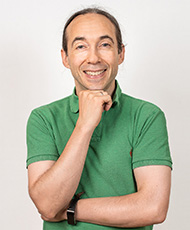
"Proteins are challenging to design but have the potential to be engineered to form sophisticated materials and smart drugs." "Natural nanomachines including enzymes such as DNA gyrase are marvels of nature and may also be useful targets for therapeutic." "DNA is not only the 'blueprint of life' but is also a useful building material that we can design to build nanoscale structures and even programmable robots."
Heddle Lab
Bionanomachines are fascinating nanoscale machines made from biological molecules, typically proteins, lipids, RNA and DNA. In nature they carry out an amazing array of tasks from copying your DNA to converting light into energy. In our lab we are interested in understanding, designing and building natural and artificial bionanomachines. We use a mixture of biochemical, structural and computational techniques plus the most important ingredient: imagination. Currently we are particularly interested in the natural machine DNA gyrase both because of its fascinating and intricate mechanism but also because it is an important target for development of new antibacterial drugs. We are also building artificial structures from proteins and DNA with the aim of developing Programmable Biological Matter. This describes artificial nanoscale biological material which can be programmed to move on demand. This will be useful for new materials and particularly medical use for example in effective vaccines and smart drug delivery systems which may one day be used as effective disease treatments in particular for age-associated diseases.


